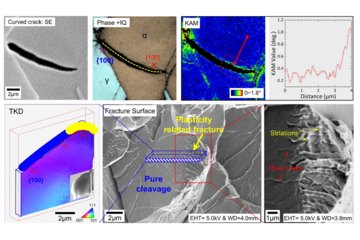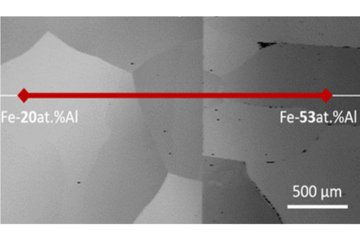All genres
1.
Journal Article
Corrosion of Zinc and Zn–Mg Alloys with Varying Microstructures and Magnesium Contents. Journal of the Electrochemical Society 161 (3), pp. C156 - C161 (2014)
2.
Journal Article
Cathodic self-healing at cut-edges: The effect of Zn2+ and Mg2+ ions. Corrosion Science 65, pp. 119 - 127 (2012)
3.
Journal Article
Neutral salt spray tests on Fe−Al and Fe−Al−X. Corrosion Science 64, pp. 74 - 81 (2012)
4.
Talk
Corrosion Performance of Zinc Magnesium Aluminium Coated steel: Discussion of fundamental mechanisms. 224th ECS Meeting, San Francisco, CA, USA (2013)
5.
Talk
Neutral salt spray tests on Fe−Al and Fe−Al−X. FeAl2011, Discussion Meeting on the Development of Innovative Iron Aluminium Alloys, Lanzarote, Canary Islands, Spain (2011)
6.
Thesis - PhD
Untersuchungen zur Inhibition der Sauerstoffreduktion durch Zink-basierende Korrosionsproduktschichten. Dissertation, Fakultät für Chemie und Biochemie, Ruhr-Universität Bochum, Bochum, Germany (2013)











